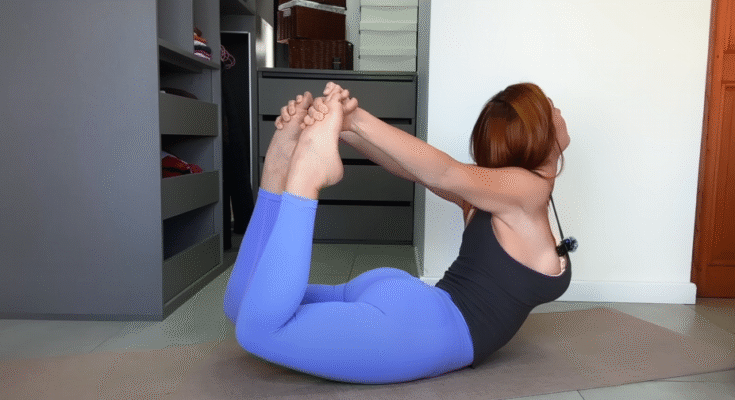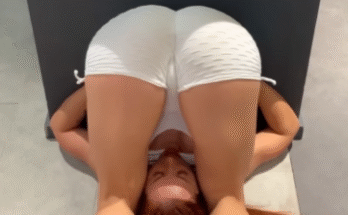In today’s fast-paced world, stress and anxiety have become common parts of daily life. As we juggle work, relationships, and personal goals, it can feel almost impossible to find moments of genuine peace. This is where deep yoga relaxation steps in—not just as a luxury, but as a vital practice for physical, emotional, and mental well-being.
Deep yoga relaxation is more than simply stretching or lying on a mat. It is a profound method of connecting the body and mind, allowing us to move into a state of healing and restoration. Unlike a typical workout session, deep yoga relaxation invites stillness, awareness, and conscious breathing to guide the body into total surrender. It offers a journey inward, where true rest and regeneration happen.
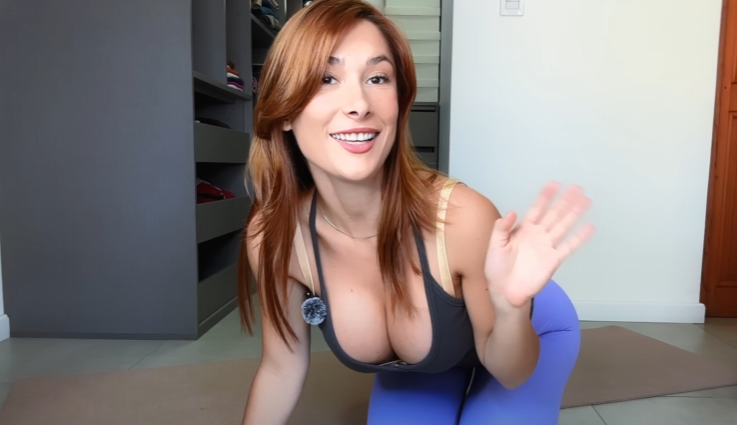
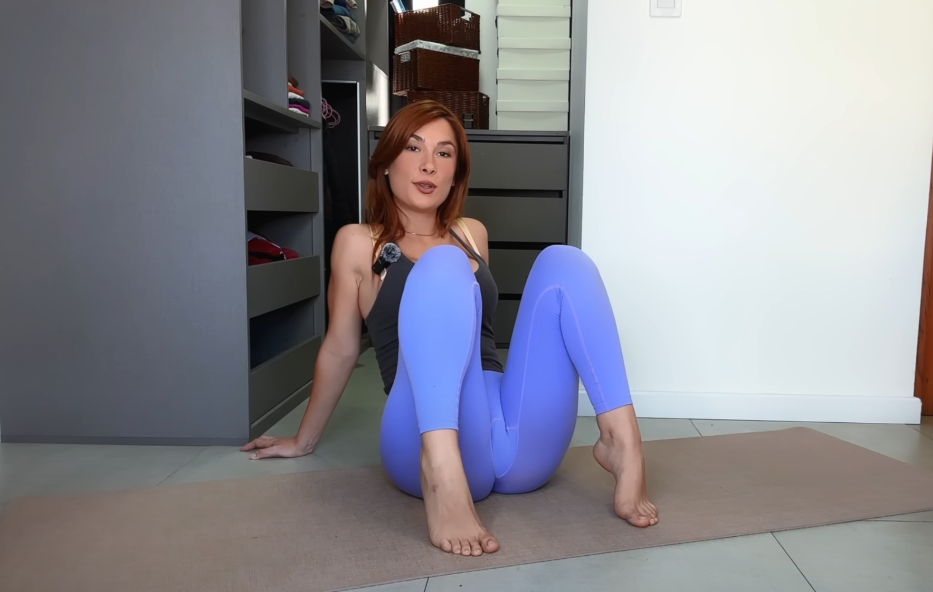
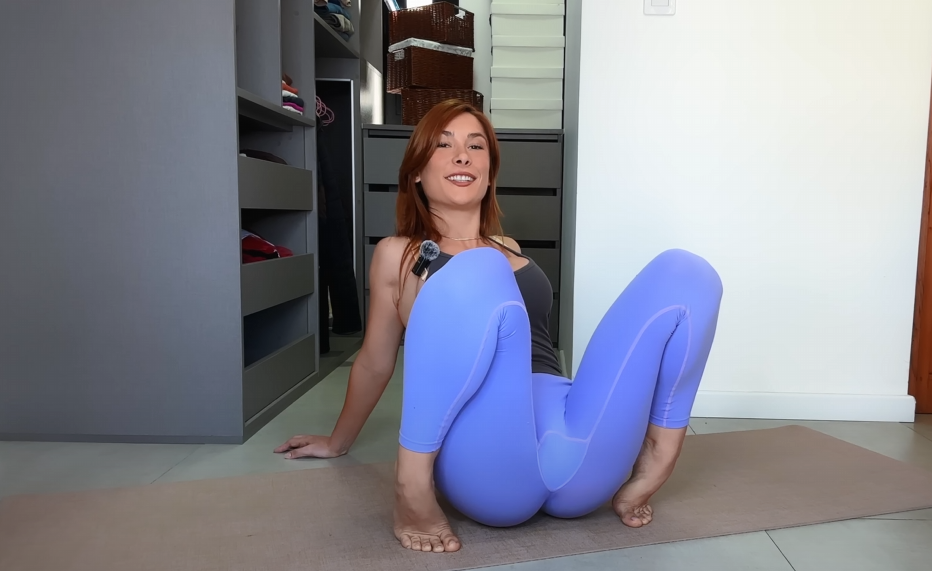
Understanding Deep Yoga Relaxation
At its heart, deep yoga relaxation involves practices that activate the parasympathetic nervous system—the part of the body responsible for rest, digestion, and recovery. When this system is engaged, heart rate slows, muscles soften, and the mind becomes calm. Practices like Yoga Nidra, Restorative Yoga, and deep pranayama (breathing techniques) are powerful tools to achieve this state.
Yoga Nidra, often called “yogic sleep,” guides practitioners into a liminal state between waking and sleeping. In this state, the body experiences deep rest, while the mind remains gently aware. It is said that an hour of Yoga Nidra can be as restorative as several hours of regular sleep.
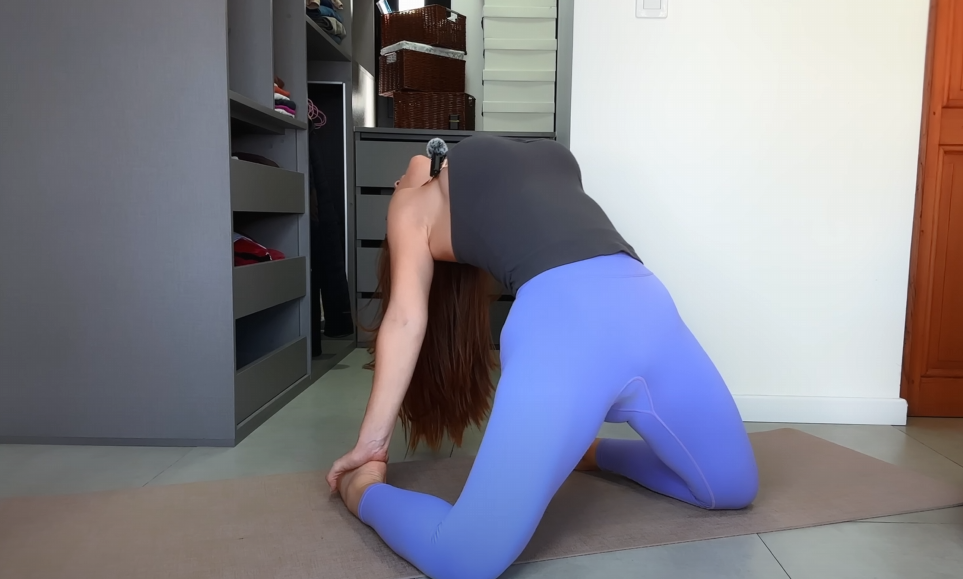

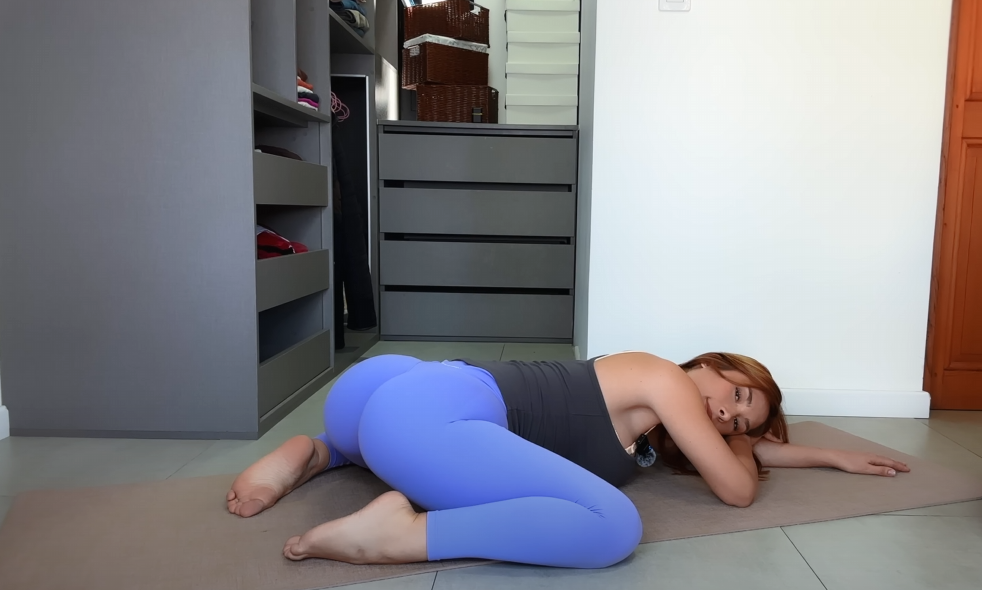
Restorative Yoga uses props such as bolsters, blankets, and blocks to fully support the body in passive poses. These poses are held for extended periods—anywhere from five to twenty minutes—allowing muscles to release deeply held tension and the mind to quiet down.
Pranayama, or breath control, plays an essential role in deep relaxation. Techniques like Nadi Shodhana (alternate nostril breathing) or deep belly breathing help regulate the nervous system, lower cortisol levels, and create a profound sense of inner

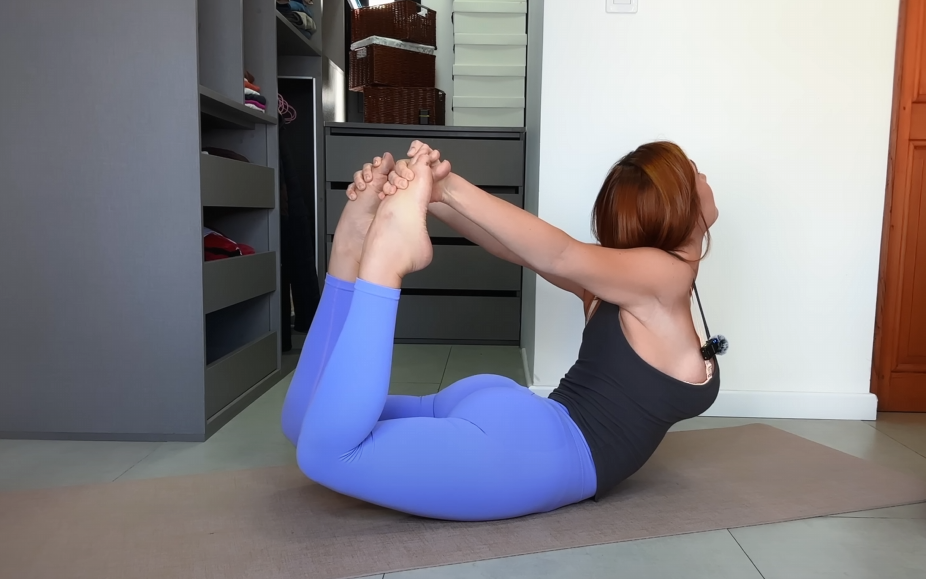
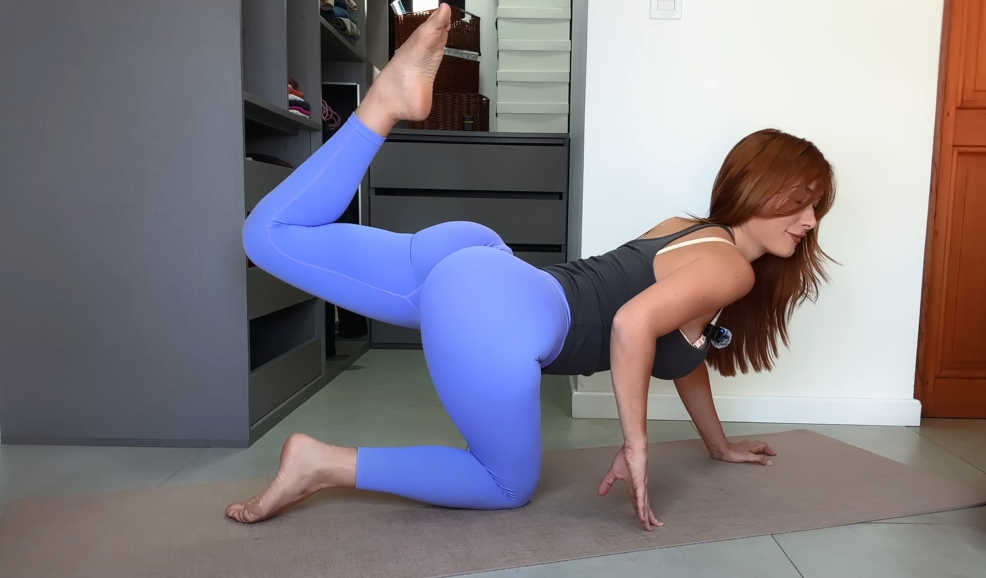
The Benefits of Deep Yoga Relaxation
The benefits of deep yoga relaxation are vast and touch every aspect of life. Physically, it can lower blood pressure, improve digestion, strengthen the immune system, and reduce chronic pain. Mentally and emotionally, it fosters greater clarity, reduces anxiety, enhances mood, and promotes better sleep.
Practitioners often report feeling a deep sense of wholeness after a session. Old patterns of tension, stress, and fear begin to dissolve, replaced by feelings of safety, groundedness, and joy. Over time, the practice creates a buffer against the inevitable stresses of life, allowing individuals to respond with greater ease and resilience.
For those dealing with trauma or grief, deep yoga relaxation can be especially transformative. It provides a safe space for emotions to surface and be processed gently. It reconnects individuals to their bodies in a loving and non-invasive way, helping them reclaim a sense of empowerment and peace.

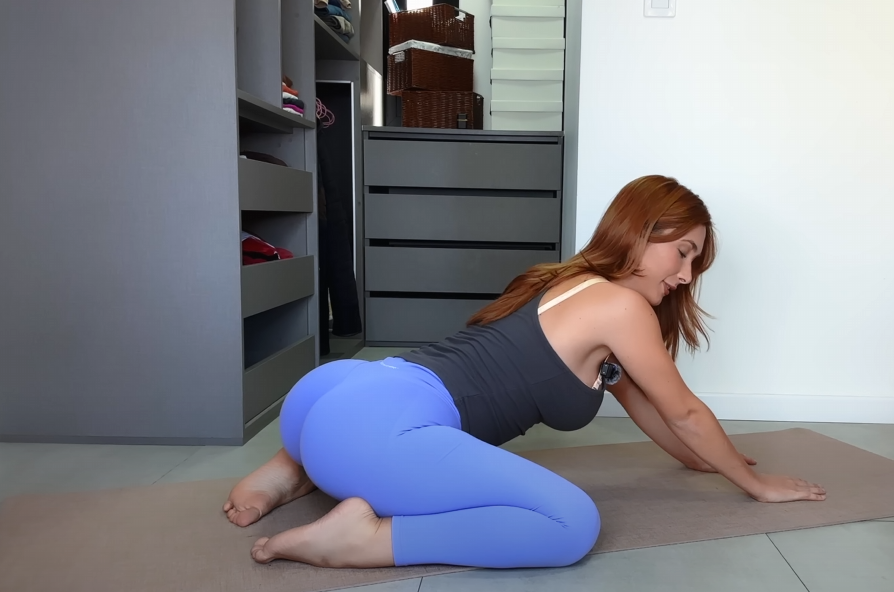

How to Practice Deep Yoga Relaxation
Beginning a deep yoga relaxation practice does not require any special equipment or advanced knowledge. What matters most is the intention to slow down and listen deeply to oneself.
Here’s a simple guide to start:
- Create a Sacred Space: Choose a quiet environment where you won’t be disturbed. Dim the lights, play soft music if you like, and gather any props you might need—pillows, blankets, or a yoga mat.
- Set an Intention: Before beginning, take a moment to set an intention. It could be something as simple as “I allow myself to fully relax” or “I am safe.”
- Begin with the Breath: Spend a few minutes breathing slowly and deeply into your belly. Notice the breath as it moves in and out, without trying to change it too much.
- Choose Gentle Poses: Settle into a few restorative poses. Some classics include Supported Child’s Pose, Reclining Bound Angle Pose, or Legs-Up-The-Wall Pose. Make sure you are fully supported and comfortable.
- Practice Yoga Nidra (Optional): If you like, you can listen to a guided Yoga Nidra recording. This will gently lead you into a state of deep conscious relaxation.
- Allow for Stillness: Stay in each pose for several minutes, giving your body ample time to release. Trust that even if your mind wanders, your body is benefiting.
- End Gently: When you feel complete, slowly transition back to a seated position. Take a few final deep breaths, honoring the rest you have given yourself.
Making It a Lifestyle
Deep yoga relaxation is most effective when it becomes part of your lifestyle rather than an occasional practice. Even dedicating just 10 to 20 minutes a day can have profound effects over time.
Here are some tips for integrating deep relaxation into your life:
- Morning Ritual: Start your day with a few minutes of deep breathing and gentle stretching to set a calm tone for the day.
- Midday Reset: When you feel overwhelmed, take a short break to lie down, close your eyes, and practice deep breathing.
- Evening Wind-Down: Before bed, engage in a few restorative poses or a short Yoga Nidra session to promote restful sleep.
- Listen to Your Body: Some days you may need more movement, and other days more stillness. Trust your inner wisdom to guide you.
- Be Patient: Remember that relaxation is a skill. It’s okay if your mind is busy at first. Over time, you’ll find it easier to sink into a deeply relaxed state.
Conclusion
Deep yoga relaxation is a beautiful gift we can offer ourselves in a world that often demands too much. It is a path back to our true nature—one of peace, clarity, and vibrant health.
Through conscious breathing, supported postures, and deep stillness, we remind ourselves that we are not machines built for constant doing, but human beings made for living, feeling, and thriving.
As you continue to practice, you will find that deep yoga relaxation doesn’t just stay on the mat. It begins to color every aspect of your life, making space for more patience, kindness, creativity, and joy.
In a world that glorifies busyness, choosing to slow down is a radical, beautiful act of self-love.
Would you also like me to format it nicely for a blog post (like with headings, bullet points, and a possible call-to-action at the end)? 🌿
